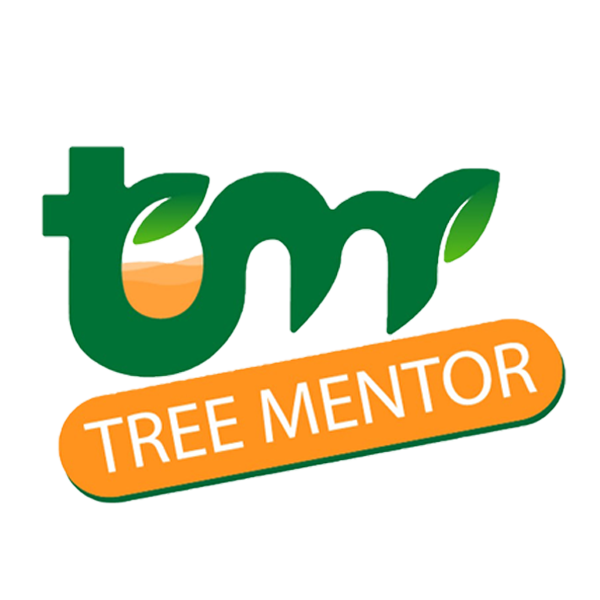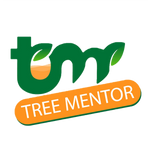Are you dreaming of growing your own fresh vegetables, herbs, or flowers right in your backyard — but don’t know where to begin? Starting a home garden from scratch may sound overwhelming, but with the right steps, it’s easier (and more rewarding) than you think. Whether you have a big yard, a small balcony, or just a sunny windowsill, you can create a beautiful garden that fits your space and lifestyle.
In this guide, we’ll walk you through everything you need to know — from planning your garden layout to planting your first seeds — so you can start your own little paradise at home.
1. Choose the Right Location
Every great garden starts with the right spot. Your plants need at least 6 hours of direct sunlight each day to thrive. Watch how sunlight moves around your yard or balcony throughout the day.
- Vegetable gardens do best in full sun.
- Leafy greens and herbs can handle partial shade.
- Avoid low areas where water pools after rain.
If you don’t have a yard, don’t worry — you can use raised beds, grow bags, or containers on patios and balconies. The key is good sunlight and easy access to water.
SEO keywords: home garden ideas, backyard gardening, gardening for beginners
2. Plan What You Want to Grow
Before you start digging, decide what type of garden you want. Ask yourself:
- Do you want to grow fresh vegetables for your kitchen?
- Would you prefer a flower garden for beauty and pollinators?
- Or maybe a mix of both?
Start small. Many beginners get excited and plant too much at once. Choose 3–5 easy crops to start, such as:
- Tomatoes
- Lettuce
- Basil
- Peppers
- Zinnias or marigolds (for color and pest control)
If you’re gardening in the USA, check your USDA Plant Hardiness Zone (just search “USDA Zone Map”) to know which plants grow best in your region.
SEO keywords: beginner garden plants, vegetable garden ideas, garden planning USA
3. Prepare Your Soil
Healthy soil means healthy plants. To start a home garden from scratch, you’ll need to improve your soil before planting.
- Remove weeds and rocks.
- Mix in organic compost or aged manure — it adds nutrients and helps the soil hold moisture.
- If your soil is clay-heavy, add sand and compost to loosen it.
For raised beds or containers, use a premium potting mix or make your own blend (1 part compost, 1 part garden soil, 1 part coco peat or perlite).
If you’re unsure about your soil’s quality, get a soil test from your local county extension office — they’re affordable and helpful.
SEO keywords: how to prepare garden soil, compost for beginners, organic gardening tips
4. Choose the Right Tools and Supplies
You don’t need fancy equipment to start a garden. Here are the basic tools every beginner gardener in the USA should have:
- Garden gloves
- Hand trowel
- Watering can or hose
- Garden fork or spade
- Pruning shears
- Buckets or containers for compost
Investing in quality tools can make your gardening easier and more enjoyable. Also, consider getting a rain barrel to collect free water for your plants — it’s eco-friendly and saves on bills!
SEO keywords: gardening tools for beginners, garden starter kit, home gardening supplies
5. Start Planting — Seeds or Seedlings
Now comes the fun part — planting! You can grow plants from seeds or buy young seedlings from a local nursery.
- Seeds: Cheaper, but take longer and need careful watering.
- Seedlings: Easier for beginners and give faster results.
Follow the instructions on the seed packet for planting depth and spacing. Don’t overcrowd — plants need space to grow roots and breathe.
If you live in a colder climate, you can start seeds indoors 4–6 weeks before the last frost, then move them outside when it’s warm enough.
SEO keywords: planting tips for beginners, seed starting guide, how to plant vegetables
6. Watering and Mulching
Water your garden early in the morning so plants can absorb moisture before the heat of the day. Deep watering (2–3 times per week) is better than light watering every day — it encourages strong roots.
Cover the soil with organic mulch (like straw, dried leaves, or wood chips). Mulch keeps the soil cool, prevents weeds, and holds in moisture — perfect for hot American summers!
SEO keywords: how to water plants, mulching benefits, summer gardening USA
7. Keep Pests Under Control
Every gardener faces pests, but you don’t need harsh chemicals to fight them. Try these eco-friendly pest control ideas:
- Grow marigolds, basil, or garlic near vegetables — they naturally repel insects.
- Spray plants with neem oil or soapy water to control aphids and mites.
- Encourage beneficial insects like ladybugs and bees.
Check your plants regularly for any signs of damage. Early action prevents bigger problems later.
SEO keywords: organic pest control, garden pest tips, eco-friendly gardening
8. Feed Your Plants
Like us, plants need regular feeding. Every 2–3 weeks, apply organic fertilizer or compost tea to keep your plants growing strong.
For vegetables like tomatoes or peppers, use a balanced fertilizer (10-10-10 NPK). Leafy greens love nitrogen-rich compost.
Avoid over-fertilizing — too much can harm the plants and pollute nearby water.
SEO keywords: organic fertilizer, plant feeding guide, garden maintenance tips
9. Harvest and Enjoy Your Produce
The best reward for all your effort is harvesting your own fresh food! Pick vegetables when they’re ripe, not overgrown. The more you harvest, the more your plants will produce.
For flowers, regular deadheading (removing faded blooms) encourages new growth and keeps your garden looking neat.
Enjoy your produce fresh or share it with friends and neighbors — homegrown always tastes better!
SEO keywords: harvesting tips, backyard garden harvest, homegrown vegetables
10. Keep Learning and Growing
Gardening is a journey — you’ll learn something new every season. Don’t be discouraged if a few plants fail; every gardener makes mistakes.
Join local gardening groups or Facebook communities, visit farmers’ markets, or subscribe to gardening YouTube channels. These are great ways to stay inspired and connected.
Over time, your small garden will grow into a beautiful, productive space that brings joy, peace, and healthy food to your home.
SEO keywords: home gardening tips USA, beginner gardening mistakes, sustainable gardening
Final Thoughts
Starting a home garden from scratch doesn’t require much — just patience, sunlight, and a little care. Whether you’re planting herbs on your balcony or vegetables in your backyard, you’re creating something wonderful: a connection with nature, fresh food for your family, and a peaceful hobby that boosts your mood.
So grab your gloves, get your hands in the soil, and start your garden today — one seed at a time.


